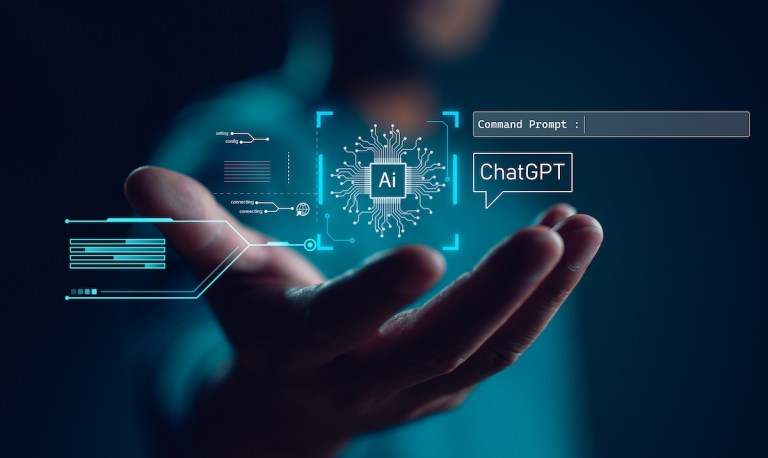While the technology is having an ongoing pop culture moment as text and video generation continue to make headlines alongside fears of misuse and disruption of education, there exist exciting efficiencies to be captured and untapped opportunities to leverage — particularly across the payments landscape
Andrew Gleiser, chief revenue officer at payments provider Aeropay, told PYMNTS that he sees “two areas in the near term” that generative AI technology can impact, and one “right now” that is already taking off.
Meanwhile, sector leaders like IBM are already planning to suspend hiring for jobs that AI could someday do. The tech giant has reportedly identified up to 26,000 back-office roles that, in the view of CEO Arvind Krishna, can be replaced by AI and other automated solutions in the next five years.
For his part, Gleiser said he is excited about the immediate impact generative AI can have on application programming interface (API) documentation, pointing to work Stripe has already done with OpenAI to integrate ChatGPT-4’s capabilities into its workflows.
“There’s a huge opportunity to help customers deploy core features faster, and [for businesses] to repurpose staff to help with more advanced integrations,” he said.
Advertisement: Scroll to Continue
PYMNTS has previously covered how applications of generative AI tools can have an impact on reducing organizations’ legacy cost centers by helping them optimize headcount for a more modern operating environment.
“Aeropay has robust documentation and customers that have already integrated directly with our API,” Gleiser said. “Future generative AI instances could help our customers’ own developers build [directly] to Aeropay more efficiently with less training. Any API company can massively benefit from the natural language processing improvements to documentation that you can add on.”
See also: Companies Tap Their Own Data to Drive Efficiencies With AI
Where AI Is Helping Payments Today
While generative AI is the new, cool kid on the block, its older cousin, predictive AI, has been used for years across the payments journey to support nearly every key touch point.
Better known as machine learning (ML) or automation, predictive AI is at the heart of modern advances in money movement.
While the PYMNTS report “2023 Money Mobility Index” found that — among other money mobility frictions — 75% of FinTech issuers lack the risk management systems to deliver what they promise, savvy payments providers have long been tapping predictive AI tools to support their risk frameworks.
“We have a processing product that guarantees payments for our customers and use predictive AI to protect Aeropay’s merchants and their customers,” said Gleiser. “The AI solution integrates risk tolerance guardrails and draws from traditional and in-house fraud prevention models to predict whether a payment should be approved.”
Historically, AI has been “really big” for fraud prevention and automating authorizations, he said.
“The folks that invest heavily in AI and use it to improve their authorization rates in the payment space are doing very well, as far as I’m concerned,” he said. “Improving authorization rates by 10%, for example, ends up hitting the top-line revenue of both the processor and their customer.”
He said that while predictive AI impacts the payment flow directly, generative AI will likely have a more tangential impact.
Where AI Can Help Payments Tomorrow
The sky is the limit for generative AI-facilitated transactions, emphasized Gleiser.
“There could be a universe where there are GPT models where users type in what they want at a retailer, resulting automatically in a filled-out cart complete with products that fit their request and their most used payment method, an evolution of ‘one-click payments,’” he said. “It could be facilitated by a payment processor, an eCommerce platform or a standalone AI integration.”
It will be interesting to see “how far down the rabbit hole” applications of the technology decide to go, he added.
PYMNTS has been tracking for years the evolution of consumer behavior as it moves from taps and swipes to smart and reliable voice tech that’s integrated into everyday routines, with voice operating systems and platforms that will have embedded identity and payments credentials at the core.
Gleiser explained that one future-fit use case for generative AI is integrating the solution into merchant payment portals to surface compliant information to customers around their own best clients as it relates to metrics, including average order value, overall volume and purchase cadence.
“Helping our customers find their own best customers is going to be a big piece of the future,” he said.
For all PYMNTS B2B coverage, subscribe to the daily B2B Newsletter.

